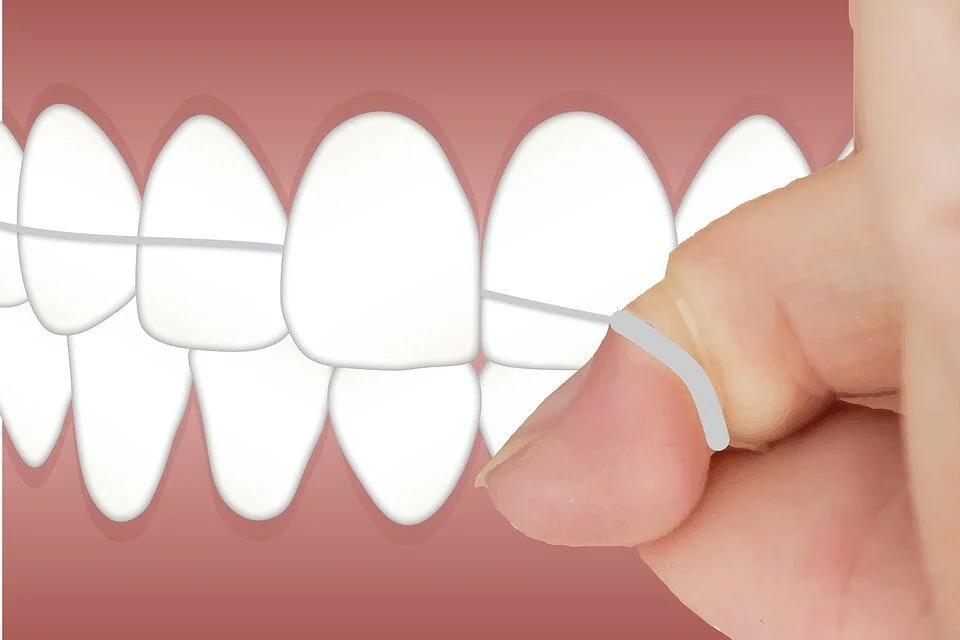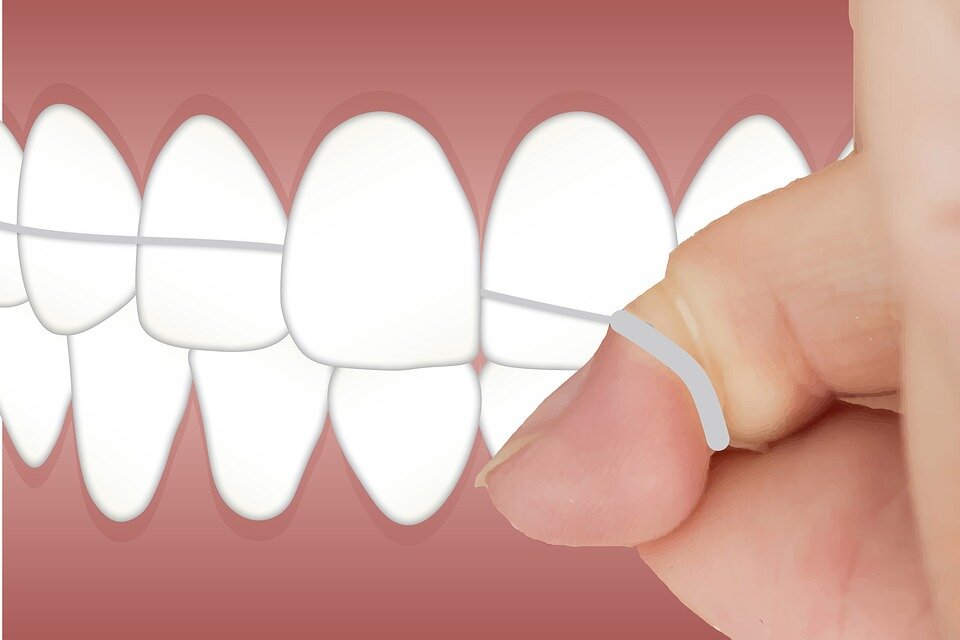Flossing is a crucial dental hygiene practice. It cleans and dislodges food caught within your roots, decreasing bacteria and plaque levels in your mouth. Plaque is an adhesive layer that accumulates on teeth, commencing to cavities and gum infection. Although most people brush their teeth twice a day, not everyone flosses as often as they graze.
Flossing alone isn't enough, of course. It's critical to floss correctly. Flossing can cause harm to your teeth and gums. So, if you're not sure how to floss correctly, here's a step-by-step tutorial to help you out. For kids as well, you get pediatric dentistry McKinney.
What are The Procedures for Flossing?
To properly floss your teeth, follow this step-by-step tutorial.
Instructions for Flossing
Cut a length of dental floss between 18 and 24 inches. Bend the floss about both of your middle fingers to hold it in the correct position. For your teeth, leave around 1 to 2 inches of floss.
Using your thumbs and index fingers, pull the floss taut.
Floss between two teeth using dental floss. Glide the floss up and down the length of each tooth, pressing it on both sides. Glide the floss between your teeth, not into them. Your gums may be scratched or bruised.
Curl the floss at the base of the tooth to make a C shape as it reaches your gums. It makes it possible for the floss to get between your gums and your teeth.
As you proceed from tooth to tooth, reiterate the guidance. Use a new, clear segment of floss for each tooth.
Whichever is the most reliable technique for flossing when covering braces?
Although it is easier than externally flossing braces, it is more difficult and time-consuming to floss with braces.
Put aside between 10 and 15 minutes if you're flossing with regular floss.
Choose waxed floss for this approach since it is less likely to rip and become trapped in your braces.
The safest method to brush your teeth with braces
Cut around 18 to 24 strands of wax dental floss.
In the presence of a mirror, examine to ensure the floss is going in the right direction!
To begin, thread the floss between your teeth and the primary wire. Using your index fingers, wrap the loose ends of the floss around your fingers to make it simpler to transfer it.
In between the two teeth, push the floss between them with as much care as you can. Push the floss up and underneath both sides of your teeth.
Floss your top teeth by making a U-shape with the floss. To accomplish this, move your finger up the side of a tooth until it hits the gum line, and then release. Use the floss to clean the other tooth.
It's essential to take care not to snag the floss on the wire. Avoid popping the floss out of your teeth since you could disrupt a wire.
Repeat this process until you've flossed between all of your teeth.
Instead of waxed floss, you may use a Waterpik or floss threader. Both can help you save time when it comes to flossing. If you needed to search for dental implants near me, you would get the possible results accordingly.
When is Flossing Pertinent?
In addition, knowing when and how often to floss is crucial to maintaining good oral health. A typical technique is to brush your teeth first and then floss afterward. Flossing and cleaning your teeth is still generally recommended.
Brushing eliminates these particles from your mouth, while flossing helps lift and release food and plaque trapped between your teeth. After brushing and flossing, food and plaque linger in your teeth.
Dental Floss Comes in Many Different Varieties.
When it appears to find the excellent floss for you, it depends on your preferences, the place within your teeth, and whether or not you have braces or bridges on your teeth or not.
As a result, some dental floss types are easier to use in more expansive areas, while others may be used more efficiently in little areas.
In addition to dental floss, dental tape is also available as a kind of dental floss. If you have braces, gaps, or wide spaces between your teeth, this type of dental floss is more significant and flat like a ribbon, making it simpler to manage.
The typical floss. Flavored or plain, waxed or non-waxed, it's your choice. If your teeth are crowded or close together, dental floss with a wax coating may assist you in getting in between them.
The floss threader is suitable for braces, bridges, and gaps. It consists of three parts: a stiffened end for flossing beneath equipment, spongy floss for cleaning around appliances, and standard floss for removing plaque behind the gum line.
Other Flossing Aids that Make Flossing More Convenient
Other flossing equipment, in addition to the dental tape, waxed floss, and floss threaders, can make flossing simpler and faster.
You may also use an electric flosser or a water flosser, which uses water and pressure to remove plaque and food between teeth, as an alternative to using dental floss. Two fantastic options if you have trouble using traditional floss. In the case of braces, a water flosser is a great tool to have around. It's feasible to clean in between brackets and cables using this equipment, as well.
If you're on resources, you can use disposable floss picks. They're easy to use and can help you floss those hard-to-reach back teeth.
In this, you can understand the flossing is a vital part of oral health care. You can visit the website Troo health for more information.


